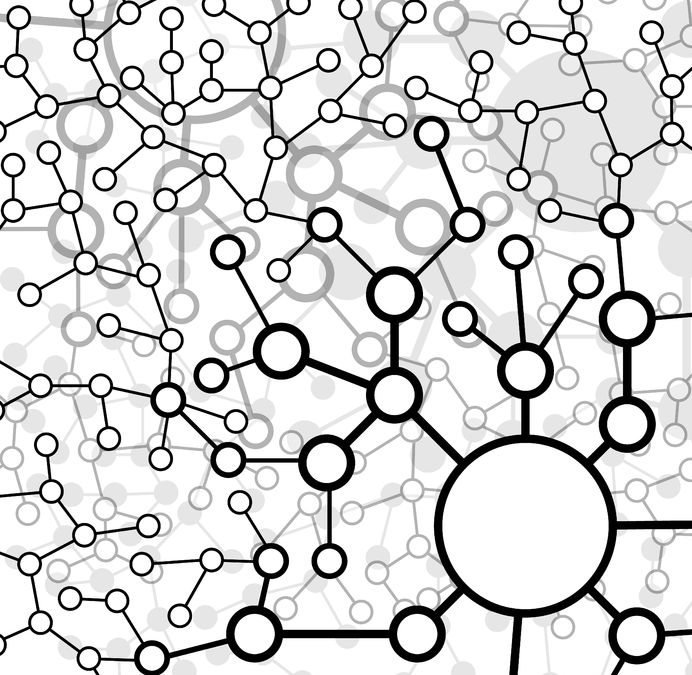Our PNI Institute call on May 9, 2018 was the first in our “uses of PNI” series. We talked about the use of PNI to “find things out” — essentially, to answer specific research questions. We talked about projects in which inquiry into particular questions was important, and what tends to happen during such projects. Some of the things we talked about were:
- How PNI is more about outcome (what happens) than about results (what you find out).
- How PNI depends on ancient social practice of story sharing, which requires freedom to choose which stories to tell (rather than examining every fact), which makes it hard for PNI to function with precision.
- How it is necessary to manage expectations when people (clients, funders, etc) want us to help them design a project to find a narrow answer or solution.
- How surprise is a good test: if people are willing (or ready or eager) to be surprised by what happens, they are ready for PNI.
- How PNI might be best described as para-hypothesis research (or inquiry) because it works best beside rather than before or after targeted inquiry into a specific question.
- How it’s hard to say, when describing PNI, whether it’s a tool or a process — a hammer or a hammering.
- How PNI fits into the triangle diagram on this page (all over, in different aspects).
Tune in to listen to the call.


Please do subscribe me to the newsletter, thanks!
I really like the idea of PNI as a para-hypothesis research approach.
Still I think “be best described” takes the idea a bit too far. PNI can be used equally well as a pre-hypothesis research method where hypotheses arise/emerge from collection-catalysis-sensemaking activities. It can be used stand-alone for that, before any other inquiry.
I also agree that in order to test existing hypothesis PNI is better not used alone. Still it seems quite power to cause lots of reasonable doubt :-). Seen that happen more than once.